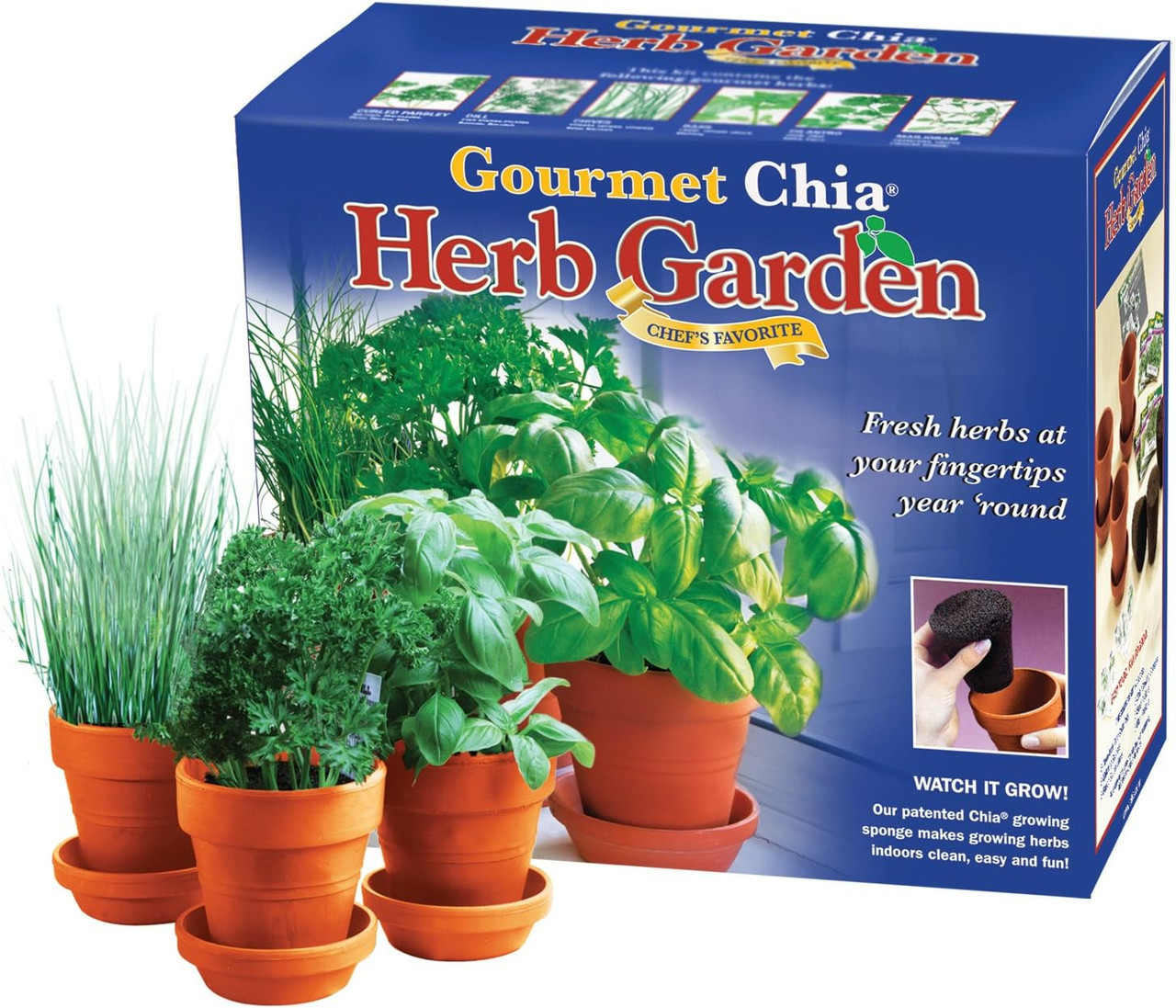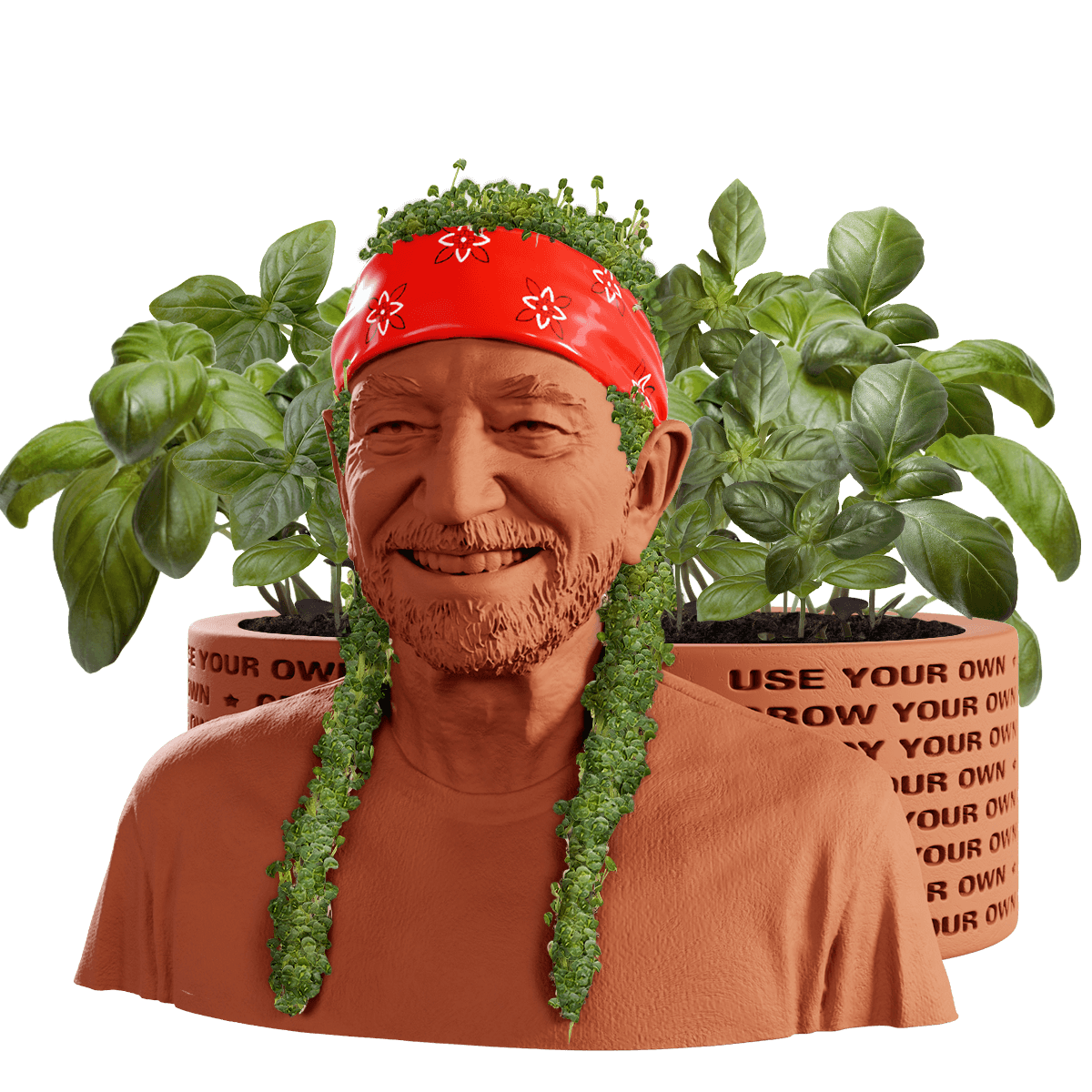A Comprehensive Guide to Creating Your Own Chia Herb garden
Chia seeds, known for their nutritional benefits and ability to sprout quickly, have become a popular choice for indoor gardening enthusiasts. Creating a chia herb garden is a fun and easy way to add fresh, flavorful herbs to your meals while also enjoying the decorative appeal of these unique plants. This comprehensive guide will walk you through the process of setting up and maintaining your own chia herb garden, ensuring a successful and rewarding experience.
Understanding Chia Seeds and Their Growth
Chia seeds are tiny but mighty, packed with nutrients and capable of germinating rapidly. When exposed to moisture, they develop a gelatinous coating, which helps them adhere to surfaces and sprout. This characteristic makes them ideal for growing on terracotta planters, creating the iconic “chia pet” look. However, chia seeds can also be grown in traditional pots or containers, offering versatility in your gardening approach.

Choosing the Right Herbs for Your Chia Garden
While chia seeds themselves are edible, you can also incorporate other herbs into your chia garden for a diverse and flavorful harvest. Some popular choices include:
Basil: A fragrant and versatile herb, perfect for Italian dishes.
Setting Up Your Chia Herb Garden

# Choosing Your Container
The classic chia pet planter is a fun and whimsical option, but you can also use terracotta pots, shallow containers, or even repurposed items like mugs or bowls. Ensure your chosen container has drainage holes to prevent overwatering.
# Preparing the Growing Medium
Chia seeds don’t require soil to sprout. Instead, you can use a simple mixture of:
Potting soil: Provides nutrients and support for the herbs.
# Planting Your Chia Seeds and Herbs
1. Moisten the growing medium: Water the soil thoroughly until it’s evenly moist but not soggy.
2. Sow chia seeds: Sprinkle chia seeds evenly over the surface of the soil. Gently press them down to ensure contact with the moisture.
3. Plant herb seedlings or seeds: If using seedlings, carefully transplant them into the container, spacing them appropriately. If using seeds, follow the instructions on the seed packet.
4. Water gently: Use a spray bottle or a gentle stream of water to avoid disturbing the chia seeds and seedlings.
Caring for Your Chia Herb Garden
# Watering
Keep the growing medium consistently moist, but avoid overwatering. Check the moisture level daily by inserting your finger into the soil. Water when the top inch feels dry.
# Light
Chia seeds and most herbs thrive in bright, indirect sunlight. Place your chia herb garden near a window that receives ample light, but avoid direct sunlight, which can scorch the delicate seedlings.
# Temperature
Maintain a room temperature between 65-75°F (18-24°C) for optimal growth. Avoid placing your chia herb garden near drafts or extreme temperatures.
# Fertilizing
Chia seeds contain enough nutrients for initial sprouting, but you may need to fertilize your herbs as they grow. Use a diluted liquid fertilizer or a slow-release granular fertilizer, following the instructions on the product label.
# Harvesting
Harvest your herbs as needed, using scissors or pinching off leaves. Regular harvesting encourages bushier growth.
Troubleshooting Common Issues
# Mold
Overwatering or poor drainage can lead to mold growth. Ensure proper drainage and allow the soil to dry slightly between waterings.
# Pests
Aphids, spider mites, and other pests can infest your chia herb garden. Inspect your plants regularly and take appropriate measures if you detect any pests.
# Leggy Growth
Insufficient light can cause your herbs to become leggy and weak. Ensure they receive adequate light or consider using grow lights.
Enjoying Your Chia Herb Garden
With a little care and attention, your chia herb garden will provide you with fresh, flavorful herbs for your culinary creations. Enjoy the satisfaction of growing your own food and the decorative appeal of these unique plants.


